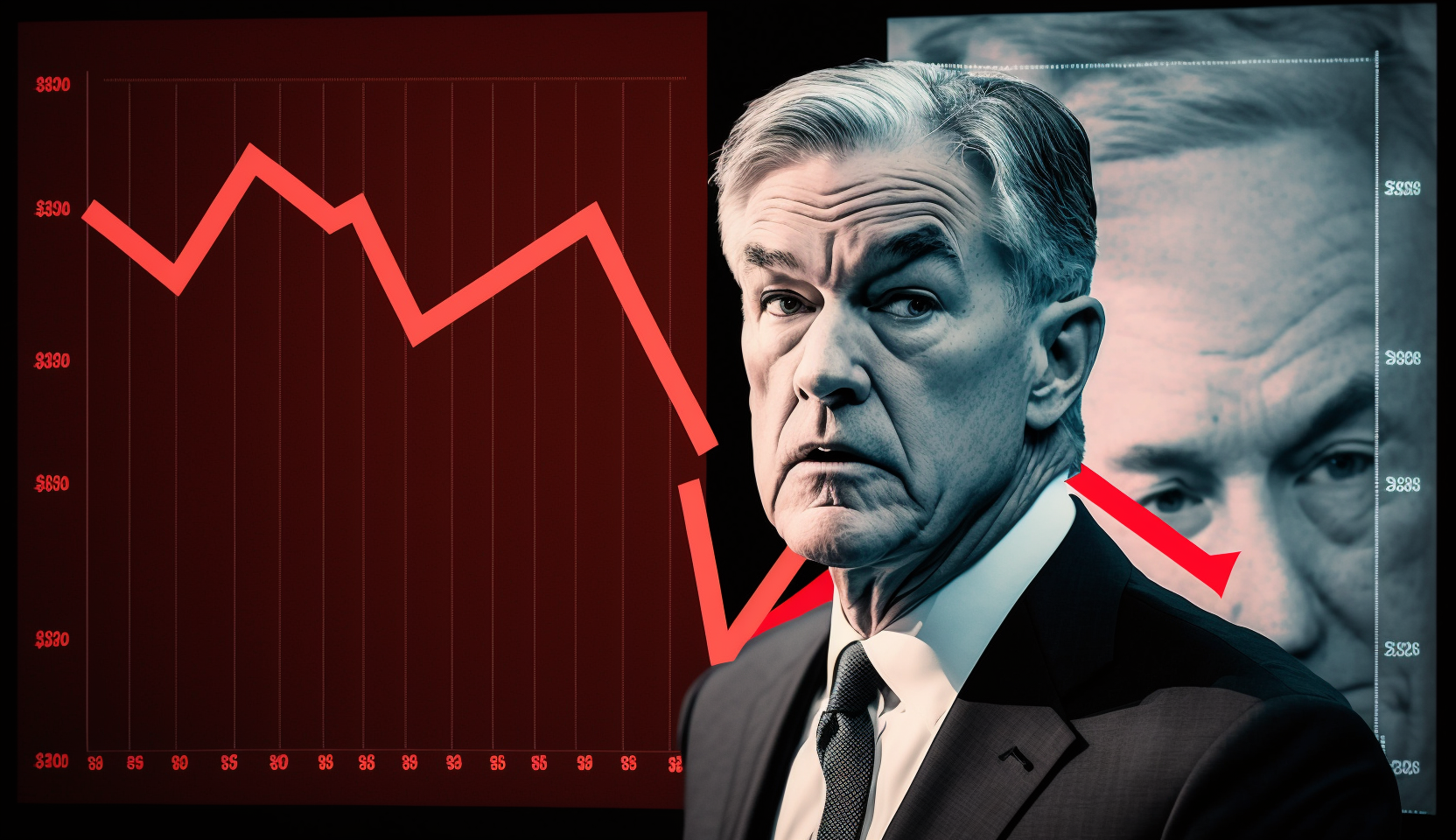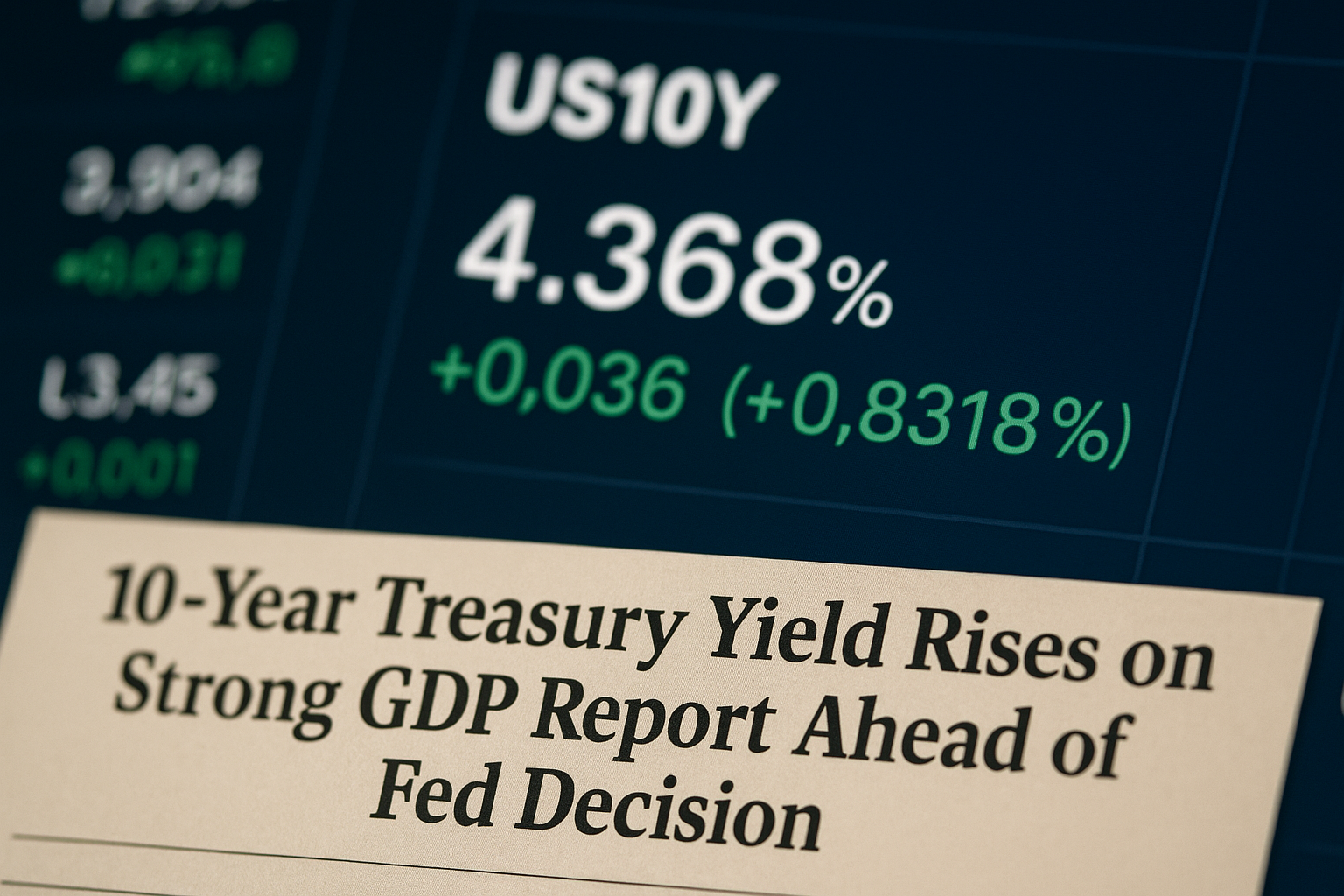For the first time in more than four years, the number of unemployed Americans has surpassed the number of available job openings, highlighting a turning point in the post-pandemic labor recovery. According to the Bureau of Labor Statistics’ July Job Openings and Labor Turnover Survey (JOLTS), there were 7.18 million vacancies compared with 7.25 million unemployed workers. This pushed the ratio of job openings to job seekers down to 0.99, the lowest level since April 2021.
The shift marks a departure from the tight labor conditions that dominated much of the past three years, when employers struggled to attract talent and job seekers often had multiple options. Instead, the balance has tipped slightly in favor of employers, with fewer roles available and greater competition among applicants.
The data suggests the softer labor conditions are being driven more by a slowdown in hiring demand than a surge in job losses. Layoffs remain relatively subdued, indicating that workers currently employed are not facing widespread displacement. Instead, the challenge lies with individuals attempting to re-enter the workforce or find new opportunities after leaving prior roles.
Economists noted that job openings have been gradually trending lower throughout 2024 and 2025, rather than collapsing suddenly. This indicates a measured cooling rather than a shock-driven downturn, which is consistent with an economy that is slowing toward equilibrium rather than tipping into recession.
On the supply side, labor force participation fell to its lowest since late 2022. Demographics are partly to blame: the U.S. workforce continues to age, and participation among older workers has steadily declined. Policy also plays a role, as more restrictive immigration measures in recent years have limited the inflow of working-age migrants, reducing available labor.
While fewer workers in the labor pool can put pressure on certain industries still seeking talent, it also means that the rise in unemployment is cushioned compared to previous downturns. With both supply and demand easing at the same time, the job market appears to be rebalancing rather than unraveling.
For job seekers, the environment has become more competitive. Workers without recent employment may find it harder to secure positions, as openings are spread more thinly across industries. However, the relative stability of layoffs indicates that those currently in jobs are less vulnerable to sudden cuts, reducing the risk of mass unemployment events that typically accompany recessions.
The JOLTS report adds to the broader picture of a cooling labor market but stops short of signaling a contraction. Payroll gains and unemployment rates remain within ranges considered sustainable by economists, suggesting that conditions are closer to a long-term “steady state” rather than a downturn. The upcoming August employment report will provide further clarity, particularly on whether employers are continuing to add jobs at a pace consistent with stable growth.













